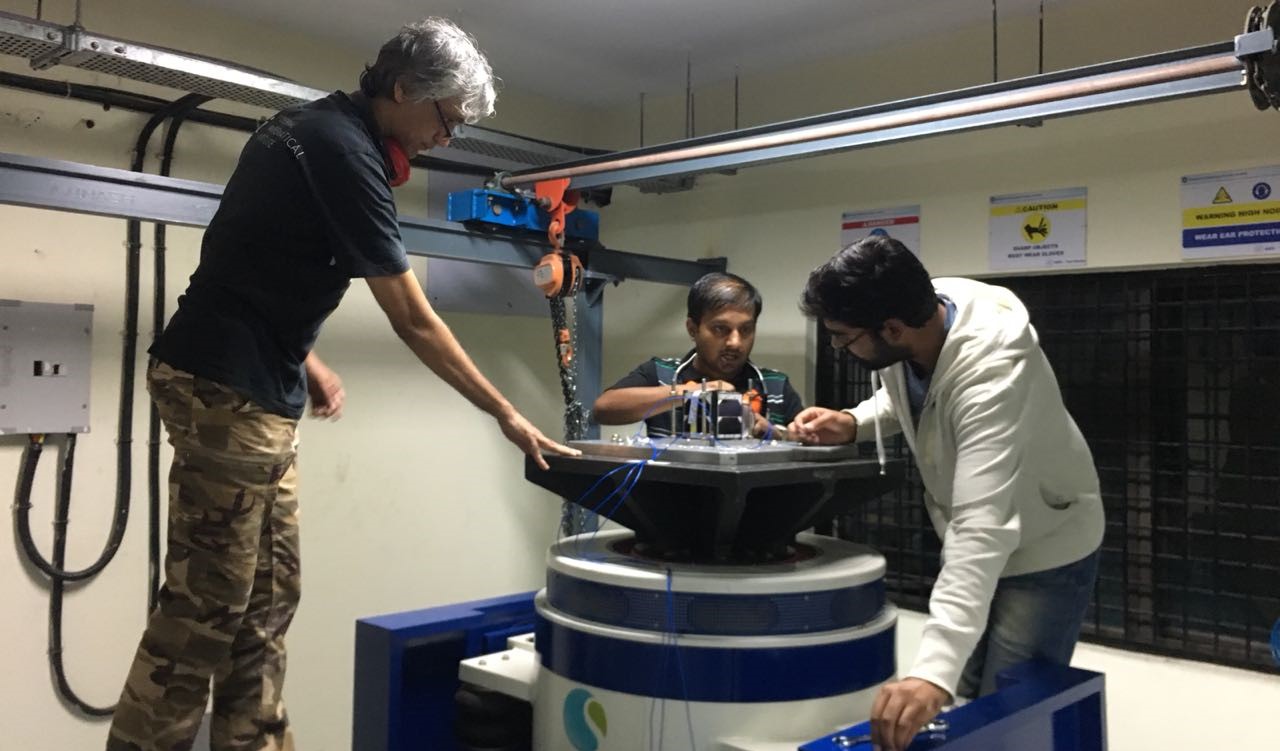Agricultural biotechnology, sometimes known as agritech, encompasses the field of agriculture focusing on the use of innovative methodical methods, which includes molecular biology, genetic anatomist, gene remedy, cell ethnicities, and muscle culture, to change living creatures, such as plant life, animals, pesky insects, and organisms: food crops, animals, and other living organisms. This is certainly a rapidly growing field, numerous industries and countries, such as the European Union and China and tiawan, making huge investments in farming biotechnology analysis.
The primary concentrate of the agri-biotechnology should be to assist the food industry in meeting new nutritional requirements, as well as lower chemical-related health hazards. These developments have lead to more ecological farming routines, decreased environmental pollution, increased water top quality, reduced crop cuts, increased crop yield and improved economic productivity. There are several different types of agricultural biotechnology study, some of which focus on agriculture in america, such as innate engineering of food plants to improve shrub production, or genetic architectural of livestock for meats production. Other locations include pet animal production and health (including development of drugs for pet animal health), foodstuff additives and preservatives, herb pests and diseases, and foods that will help prevent the production of certain ailments.
Agriculture is one of the most important groups of biotechnological development and groundwork. There are many types of plant life and family pets being improved with biotechnological approaches. Some examples of biotechnological research include the breeding of beef that may be free from cows tumors; the development of plants which might be more resistant to cold temperatures and drought; the development of a yeast-like fungus for the purpose of the production of pharmaceuticals; the breeding of chickens with less of any propensity to produce clostridial anaerobic bacteria; plus the enhancement of animal effectiveness by presenting antibiotics in to animals.
Biotechnological research also includes the application of genetic engineering to increase harvest production, improve crop diet and enhance food performance and reduce pesticide use. Genetic architectural involves the creation of genetic materials from numerous sources to raise the efficiency of the also. There is also the usage of genetic design to increase the crop deliver of the harvest.
Genetically designed crops are usually found in the sharingvirtual.net Us. While most genetically engineered seeds are not approved for sale in north america, those that have recently been approved are commonly used in additional countries. Experiences of genetically engineered crops will be soybean, alfalfa, cotton, hammer toe, sugar cane, sugar beet, canola, and rice, and also other food vegetation.
Biotechnology studies also centered on the production of drugs for certain types of diseases. For example, a drug often known as GlycoCell is used to treat HIV-infection and is employed as a way to slow up the spread of the virus.
Genetic engineering could also be used to develop food crops that will produce a certain amount of proteins. This type of cultivation is also labeled as genetic engineering. A trendy example may be the creation of genetically revised plants. Other examples of innate engineering that may be often used to boost the plant life themselves are herbicide tolerant or pest-resistant crops.
Agriculture biotechnology is also mixed up in development of fresh and upgraded crop types. This includes the application of pesticides to control insects and weeds, improved seed structure, and soil fertility. This includes the breeding of crops that resist heat, insecticides, fertilizers, weed killers, or perhaps weed-control chemical compounds. that are able to control harmful illnesses. This approach is usually used to develop “super crops” that can give the same amount of vegetation, products and services when more expensive organic and natural crops.
Hereditary engineering is usually used to help farmers produce biofuels. This type of agrumiculture involves the introduction of overseas genes by plants, pets or animals or microbes. It has become increasingly popular in the last few decades because of its capacity to help maqui berry farmers produce ethanol. These biofuels can also be used mainly because cooking gas or instead of fossil fuels.
Agricultural biotechnology studies likewise focused on providing treatments and medication with respect to infectious diseases. This is completed through the use of microorganisms. Some examples of microorganisms utilized in agricultural biotechnology include the make use of viruses, bacteria, fungi and parasites to destroy various illnesses including AIDS.
Farming biotechnology studies important to growing better dirt and harvest management and pest control methods. Most of the time it also helps you to improve the nutritional value of the food that any of us eat. Simply by improving the strategy used to grow food, it really is hoped the environment will be protected, while at the same time helping to preserve people healthy and survive.

